Bernstein On Broadway: Bringing West Side Story To A Modern Audience
In 2013, Michael Tilson Thomas, the San Francisco Symphony, and a substantial engineering team embodying a broad range of technical expertise mounted an ambitious staging of the classic musical theater favorite West Side Story. Envisioned as a high resolution, multichannel SACD surround release, production of the live 96k recording posed particular challenges for cast and crew. After receiving a promotional copy, I came to realize that the album I was listening to must have been the result of a heroic effort by a small army of musicians, engineers and technicians. I contacted my friend and colleague Jack Vad, chief engineer for the project, to dig into the gory details of production. Rather than editorialize our discussion, I thought that documenting Jack’s literal take on the event was both more candid and instructive…
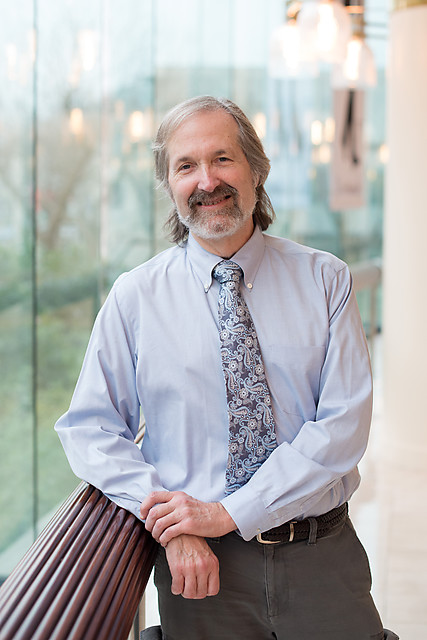
Figure 1 – Vad led a team of musical maniacs for the creation of the new West Side Story
OMas – “Let’s start with an overview of what the project was…”
Jack Vad – “The project was a live recording of the semi-stage version of Bernstein/Sondheim/Laurents’ West Side Story [Based on a conception of Jerome Robbins; book by Arthur Laurents, music by Leonard Bernstein, libretto/lyrics by Stephen Sondheim].
There’s some historical information…(in the booklet that’s included in the 2 disc, hybrid SACD package)…regarding the issues with recording it. Basically, when Bernstein recorded the studio version of this, that was not a running show. It was basically a collection mostly of opera singers that he got together just to record it. It was the last time that the Bernstein estate in particular…would allow the music to be recorded in that fashion. Nobody had the rights to basically go and record what is on that recording, meaning some of the dialogue. There was a (show) cast album recording done in 2010, 2009, but it’s not complete. I don’t know what’s not there.
Michael (Tilson Thomas, SF Symphony’s conductor), having a close relationship with the Bernstein family, was able to get permission to record all this material, because this recording now stands in direct competition with the Bernstein recording. They got everybody else to sign off on it too. Oddly enough, the most difficult part of it was getting the dialogue that is not Sondheim; getting the rights to that. It wasn’t so much that they weren’t willing to do it, it’s that they were very, very slow in getting to it. We were actually in the middle of production and we still didn’t know whether we would be able to use the dialogue so we had to do versions.
We had five…(live session versions). Two of the concerts, we recorded everything without dialogue in case we had to go with that version of it. It was the first “complete” (production), although it isn’t literally complete in that it doesn’t have every bit of dialogue in it, but it does have enough to keep the story going. It’s comparable in terms of scope, although we have even more things than the Bernstein recording, in terms of effects.
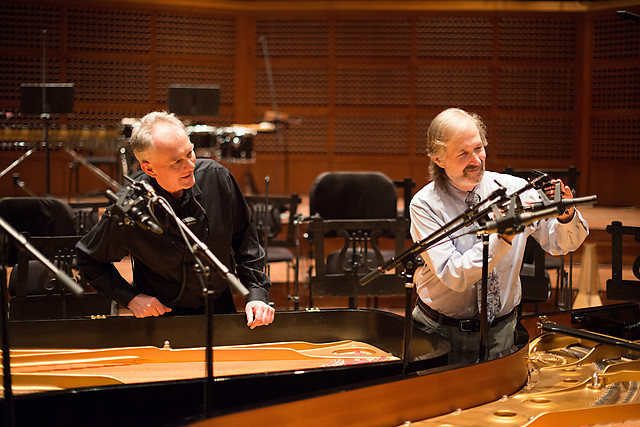
Figure 2 — Stage manager Gus Pollek looks on as Vad sets up a Royer SF-2 ribbon microphone
OM – What effects?
JV – We did a jukebox, the (CD) track is labeled Jukebox. We sort of fudged the music because the jukebox music is basically the mambo but it had to have a transition to be able to get into the right key when the orchestra came back, which we never did. It was an afterthought that we would include, so we came up with a way of disguising the transition using the material we had in a creative fashion. I thought the Bernstein estate was going to say ‘Whoa, wait a minute! That doesn’t even exist in anybody’s score,’ but apparently it worked out. They were fine with it. So, that’s what differentiates it from a content standpoint. There’s no version of it that is as complete since the ’83 version was done.
The other part of it is that it’s actually live. Most Broadway musicals are never recorded live for obvious reasons. You can’t get anybody to stay in front of a microphone unless you put one on them and that’s always a very compromised situation. We wanted to duplicate and provide a different vantage point this many years later of the complete version of it, as Bernstein did in the ’80s.
Just to be clear, it wasn’t done with the intent to be competing with (the ’80s version), nor was it ever done with the intent to compete with the original cast album, which is still a great, great document. I think Michael’s idea was basically, “Here we are, 2012 or whenever we started working on this; what is our view of this now? What’s our view of both the music and how to present it and all of this because he doesn’t see it as a static thing. It’s not like original instruments what you’re trying to go back and get everything to sound the way Bach may have heard it. This was more, ‘what does this piece represent now and how does that impact the way we record?’ That was sort of the goal.
OM – Clarify something for me: In this recording people are apparently moving around. Was that because of the microphones were fixed and the people moved, or you did that in post?
JV – It’s called ‘semi–stage.’ Semi-stage means that, basically people are not stationary, they do move but the working area they have to move in is generally limited. You’re not going to find sets in the traditional sense, it’s not going to be as extravagant in terms of movement that a normal pit orchestra stage situation would be.
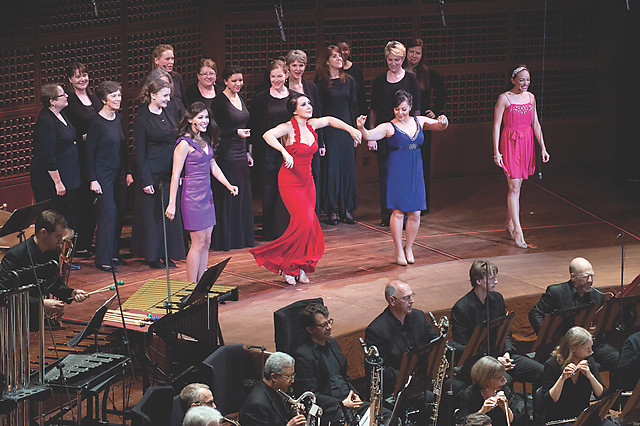
Figure 3 — The performers had the freedom to get physical while singing to better convey the emotion of the piece
So, if Tony and Maria are singing to each other, they’re turning and they’re singing to each other. So, what we have, what we ended up using were “digital hybrid mics*,” headset mics for the most part, although we did use hair mics. For Maria, we used a headset and a hair mic.
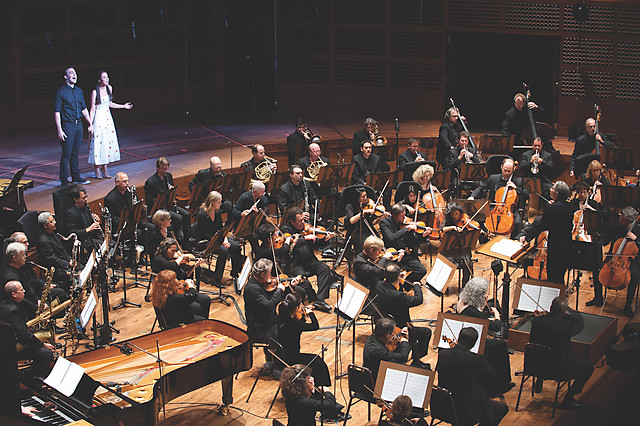
Figure 4 — Tony and Maria belting it out
OM — Why?
JV — Just because the quality is different. You never use both at the same time, but there might be situations where, depending on where she is in the room and what she’s doing, it gives you more flexibility. Her voice had the widest dynamic range too, so there was always a concern that there would be a moment when you would need to have a more distant sound and other times where you would need to have a little more closeness. We had to coordinate this with the live sound people. They wanted to use cardioid mics which, in my opinion, was probably unnecessary. At any rate, they got so much thrown at them for the first time, ’cause a lot of live sound guys do not have much experience with digital hybrids. It’s a new technology in this arena, because Broadway is so in bed with Sennheiser (wireless) and the probably decade old technology which, for that purpose for live sound reinforcement, works fine. For recording purposes, it’s just not good enough; with all the companding and stuff that has to go on to get the signal squeezed through a very, very noisy pipeline. A lot of the local people were on a steep learning curve to get it all to work. It was the only way, when we were putting this together, that I thought we had a chance of doing anything that was going to be decent. If we’d gone with the regular Sennheiser microphones; you can just look at any production that’s available of a Broadway show, the audio is very MP3–like.
OM — For lack of a better term! What’s the problem with headset mics in general?
JV — A lot of stuff that happens in live performance, in terms of handling noise and the element moving and the angle changing from one mic to the next is not something that does anybody on the recording side much good. The standard, in terms of house sound on Broadway, is actually pretty good but even there all those variations and problems that make a recording difficult to do are generally O.K. for live sound. In this particular case, we needed to minimize handling as much as possible, and we also needed to have a system that was inherently quiet from the get go.
Every performer was photographed so they knew exactly where the headset was placed so it could be duplicated every night, to be as close as possible. This was really critical because were were inter–cutting between performances. Imagine inter–cutting in a phrase, and all of a sudden the mic is up an inch. That’s all it takes, if the mic is off by even half an inch, you’ll hear the difference because the polar pattern is such that you’re off–axis very, very quickly. Even the omnis, which tend to be more forgiving, still have an issue with being that close to the source. You have a mic that’s right on somebody, and every little change in movement makes a difference. Part of the difficulty in doing this is making sure that you have repeatability of where the mic is placed on someone. That’s a whole layer of anxiety for people who try to duplicate stuff.
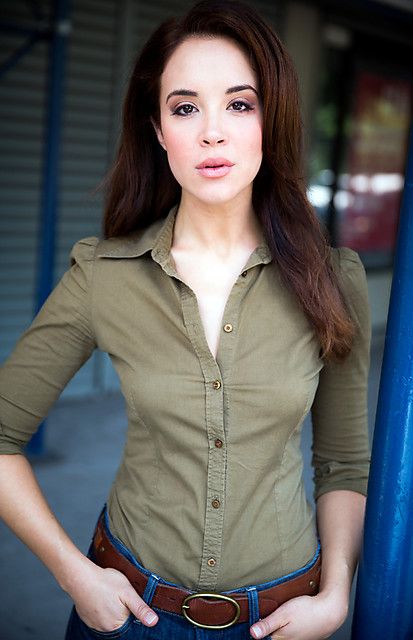
Figure 5 — For this recording, Alexandra Silber is Maria…
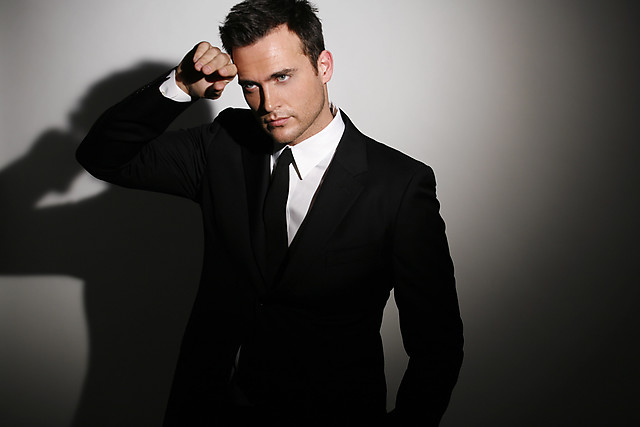
Figure 6 — …while Cheyenne Jackson is Tony
Another issue that we were doing this during Gay Pride weekend and the week running up to it, and City Hall, that’s where the main stage was, they were gobbling up frequencies like crazy. We had about 33 wireless mics, some of those being backups, and it was a really interesting challenge to be stable and not, all of a sudden, get knocked out during a performance because of what one of the networks was doing across the street. That all ended up working out really well, but it took a lot of planning to get it right…That was a layer of complication that we normally don’t have to deal with.
The sound quality of the system itself though were exceptionally good. It’s surprising how good the technology is and how good it can work when all the right pieces in the right places. That’s not to say there wasn’t a post–production hit, there are some inevitable noise issues that happen, when people bump, it just happens…
OM — …and you’d just use (Algorithmix’s) reNOVAtor to clean it up?
JV — A lot of it was reNOVAtor, in fact most of it was reNOVAtor. Another thing too that was interesting was that, in order to get a unified sound from everybody, having a balance that represents the same level of articulation which then translates into a perceived similar frequency response, that seems like a really simple thing. When you get to these mics, it’s not, because you can really verify the performance for each mic. Occasionally, someone will put on a mic during rehearsal, and the wireless people would say, “That mic sounds a little bit dull, can you try another one.” In post–production, we knew we would have to establish a baseline, especially in terms of articulation. The brightness or clarity of the sound had to be the same in all microphones. For every number, we said, “For this mic, being used by so and so, seems really good here.”
OM — It’s your benchmark.
JV — It’s the benchmark, a baseline for how we would EQ all the rest of the microphones. In the end, we didn’t have to do that much EQ’ing, but we did have to go through the process of listening and comparing and making sure, especially in dialog, that these mics were very similar sounding. Sometimes, that affected things in ways you wouldn’t expect. For instance, one microphone seemed to have an O.K. speech quality but, off axis, it sounded a little bit strange, the off–axis quality of somebody else talking to that person became a whole ’nother level of stuff you had to deal with. There was often a feeling that you were chasing your tail. But, we went through it in a methodical way, and mapped out everything. (From this), we came up with something that was, for the most part, very very consistent all the way through.
The other thing is that Michael (Tilson Thomas a.k.a. MTT) wanted something where the voices would be equal to the orchestra. Not equal in the sense that a Broadway recorded album generally is. If you listen to those things, the voices are really “up front,” very squashed. It’s more pop–like, especially considering the material that’s being done on Broadway these days. What we strove to do was to get something a little more present than what you would hear in an opera recording, so you could really understand the words, but we still wanted the whole (acoustical) environment to be there.
OM — It’s sounds much more “real” than most live performances. You can hear them moving around…
JV — From a musical standpoint, it’s important that, not only should we be able to hear the words, but we wanted the orchestra to be an equal player in all this, not just the side guys or backup band. I think that part of it we did really well. When the orchestra need to pop, man, it’s all over…It’s fun! It has this energy you get from proximity.
OM — What about the orchestra? A standard setup?
JV — The orchestra, in this case, was not a standard setup. We started this off with Michael saying, I don’t want this to sound like a San Francisco Symphony recording. Basically, he wanted it to have impact with a lot of controllability.
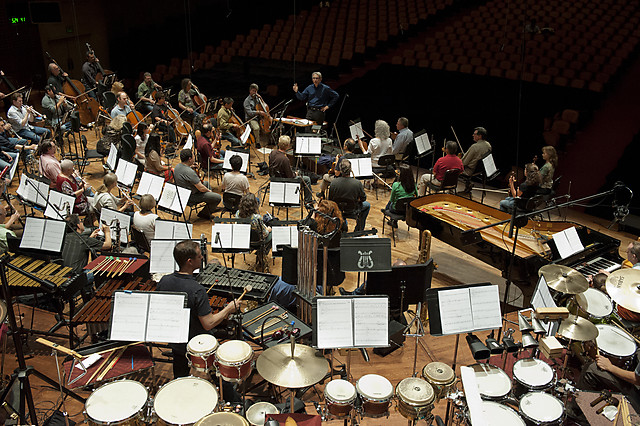
Figure 7 — Tilson Thomas whipping the musicians into shape
We used a fair number of (Royer active) ribbon microphones (three SF-2 for celli, solo bass and piano, plus an R-122 for the saxophone ensemble). The mic’ing was a little bit closer than normal, but we did use room mics, we did use main mics as we normally do, which were set up in a symphonic style. Everything was spotted pretty tightly.
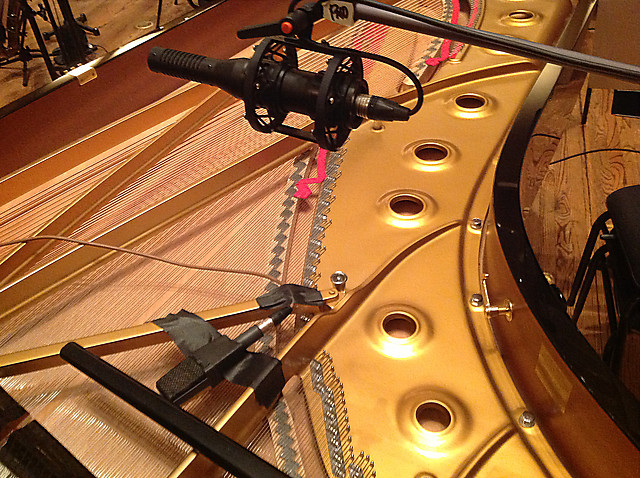
Figure 8 — A stand mounted Royer SF-2. in its shock mount, was used in the recording. Being a long ribbon and free of “…typical high frequency boosts/resonances, (it) works very well in close placement,” according to Jack. The black AKG 414 at lower left was used solely for live reinforcement. Extreme circumstances call for extreme measures!
The one thing that we did that was really cool that we had never done before, we used a Royer stereo microphone, the (SF-24) ribbon microphone as drum overhead. That’s all we used, just the stereo mic on the drum kit. We were able to find a place, sort of in the center, using the side nulls, so that we got a really clear trap set. I had no expectation that we’d get the kick at all. As it turned out, it worked really well…That’s the story with micing.
OM — So go on down the chain, how did you record it?
JV — We were recording 88 or 90 tracks with 33 tracks of just wireless, which we did at 96 kHz in (Merging Technology’s) Pyramix. Basically, we approached this much like tracking. We have a Yamaha O2R 96k that we used to just verify stuff. At 96 kiloHertz, that only has 32 inputs anyway, so there was no way we could take 90 inputs and actually monitor them. We had to do submixes externally. We put together every bullshit mixer we could. For instance, we had submixes of strings, we had submixes of all the instruments. The wirelesses we had to keep as separate as we could. The person who was operating the multitrack setup was in charge of monitoring just the wirelesses as they were being recorded. So he wasn’t listening to anything else except poking around, making sure that all the wirelesses seemed clean. I would have all the principals to create a scratch mix but, for chorus people and such, I just had to abandon the hope of monitoring live.
We tried to get as direct to the recording tracks as possible and not have anything in between, which is what we did. The mics hit preamps which hit A–to–D converters and, bang, they were in the (record) machine.
OM — No dynamics?
JV — Nothing. We never used compression on any of the vocals. We used de-expansion on the vocals so that we could bring up the low amplitude (passages) when they were quiet. Fader gain was changed all the time, but that was basically manual gain changes. As far as anything that was used as a post-production prop as is done in popular music, the only thing we used were a few instances of de-expansion. We did not use any compression at all, the overall program has a little bit of peak limiting, and that’s about it! It’s really a pretty faithful recording. The de-expansion helped to blend the sound without having to follow twenty voices, no matter how strongly or weakly they were singing at a particular point. Everything you hear (dynamically), in terms of the sound as it gets loud, is what really happened.
I didn’t go into it intentionally wanting to do that, I had always assumed that we would be throwing a bunch of processing at it. Once I started experimenting, seeing that we could do without if we set it up properly, then it sort of became a mission. Can we actually do this whole thing with none to the comp (dynamic range compression) tools that everybody uses.
OM — How about ‘verb in post?
JV — There’s a little bit of ’verb (“reverb” or reverberation) on some chorus stuff, but most of it is pretty much what happened on the stage. The issue with that is sort of treacherous though because, since it’s live, we had live sound reinforcement. So, anything that’s going through the sound reinforcement was being unnaturally amplified on the stage. That becomes a bit of an issue. Sometimes, there’s just too much on the stage. If we were to go through the album together, I could point out areas where you can hear something that sounds a little more reverberant all of a sudden, and that’s just because the guy that was doing the (foldback or monitor) mixing really put his foot on the gas.
The Gear That Made It Happen —
Jack Vad relied on Merging’s Pyramix v8.1 running “…multiple Horus interfaces with 48 channels each of A/D conversion at 96k, and two completely redundant systems with additional computer backups.” Two separate Pyramix rigs after the mic preamps, plus additional laptop computers that were redundant to either system #1 or #2, were used. Microphones included models from DPA, Milab, Neumann, Pearl, Royer, Schoeps and Sennheiser, while outboard preamps from Forssell Technologies, Millennia and Neumann were employed.
OM — What ‘perspective’ were you going for? Perspective as in where you place the listener relative to the performers…
JV — We were going for something in between the typical recorded Broadway Show, where the pop vocal is very forward, and opera where it’s usually an audience perspective from, let’s say, row 10. MTT wanted a presentation that was different from our usual symphonic recordings; he also wanted the orchestra to be equal to the vocals. What we ended up with is a punchy operatic sound. The release is a hybrid SACD with stereo and surround. The surround is very light, though real, because the live sound amplification in the house was intrusive.
OM — How did you achieve that perspective?
JV — (In addition to pan potting) …lots of close pickup with four overall main microphones. There is some use of MS processing to help keep all the mono sources within the overall main microphone texture.
OM — Do you think the DSD layer does a better job of conveying the (artificial) soundstage you’ve constructed?
JV — The original recording was captured at 96/24. Having said that; in comparative listening tests, the transcoded DSD layer does seem to offer a bit more ambience and space…I wish I understood why.
Postscript
When asked about Bernstein’s view that West Side might have changed the face of American musical theater, maestro Tilson Thomas reflected on its actual impact. “That didn’t really happen. West Side Story is a stand–alone piece. Bernstein never wrote anything like it again. And although others may have tried, nobody succeeded in doing anything similar.” Indeed. From Tilson Thomas’ singular vision and a heroic effort by a team of tech specialists and talented musicians, the new SF Symphony staging of West Side Story brings another more modern, high resolution perspective on this classic piece to the world. With a sparseness and immediacy that previous versions lack, impeccable fidelity and excellent performances, there may never be anything like it again.
For supplemental reading, see:
- Royer Labs Ribbon Microphones Integral to San Francisco Symphony Recording of “West Side Story”
- Lectrosonics Wireless Technology Integral To San Francisco Symphony Recording Of “West Side Story”
This spreadsheet documents all the mics used:



